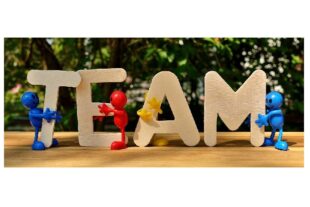
In the second post of this two-part blog, Defra content designers, Ruth Fryer and Sandeep Dhaliwal explore artefacts, approaches, analysis and how to finish discovery and prepare for alpha.
Examples of content design tasks during a discovery:
Choose a name for the service
Content designers can help the team to decide on a name for the service. This may change as the service goes into private and public beta.
The service manual has a section for naming your service. It lists several ways to get user insights for a service name.
Record ideas to test in alpha
As a content designer, you should:
- add to assumptions and hypotheses.
- focus on user needs rather than systems or tools.
- aim to prove some of the riskiest assumptions with users.
Analysis: what have we found out
A content designer's findings will overlap with other areas of the team as the project grows.
- Bring out key risks. Raise any issues and add them to risks, actions, issues and decisions (RAID) logs.
- Add to the product canvas. The problem statement and scope may need updating. You should also identify measures of success.
- Decide on the unique selling point. The service you are working on must address and target a unique need for users.
- Identify the value proposition. You should show how your service meets user needs and how it benefits the government.
Analysis to help you define measures of success
At this point, you might start to get a sense of what you’re going to need to focus on for alpha to make things better. The stats you’ve collected and the business goals you’ve found out about help to shape this.
With alpha just around the corner, it’s a good idea to create some success measures first. This will help you to check if your planned improvements solve the problem.
Your team might begin to think about things like:
- how a design will help to improve the experience for users.
- if an idea will help drive tangible efficiencies for the service.
- the quality and quantity of design work being produced.
Finishing the discovery
Your discovery should come to a natural close when the team agrees you’ve found out enough to go into design exploration. The service team will need to prepare artefacts for the end of discovery workshop.
Throughout discovery, you will list assumptions and hypotheses as a team. By the end, you should prioritise the riskiest assumptions. This will give you the focus for your research activities in alpha.
By the end of discovery, you should have:
- some ideas of the content you want to create and test, based on gaps you’ve found where user needs are not being met.
- a good understanding of your users and their contexts.
- identified the subject matter experts you’ll need to work with when exploring ways to solve problems for users.
Sandeep Dhaliwal is a content designer in Defra and Ruth Fryer a content designer at the Cabinet Office.
Find out more about what we do in Defra Digital Data and Technology by visiting our LinkedIn page.

Recent Comments